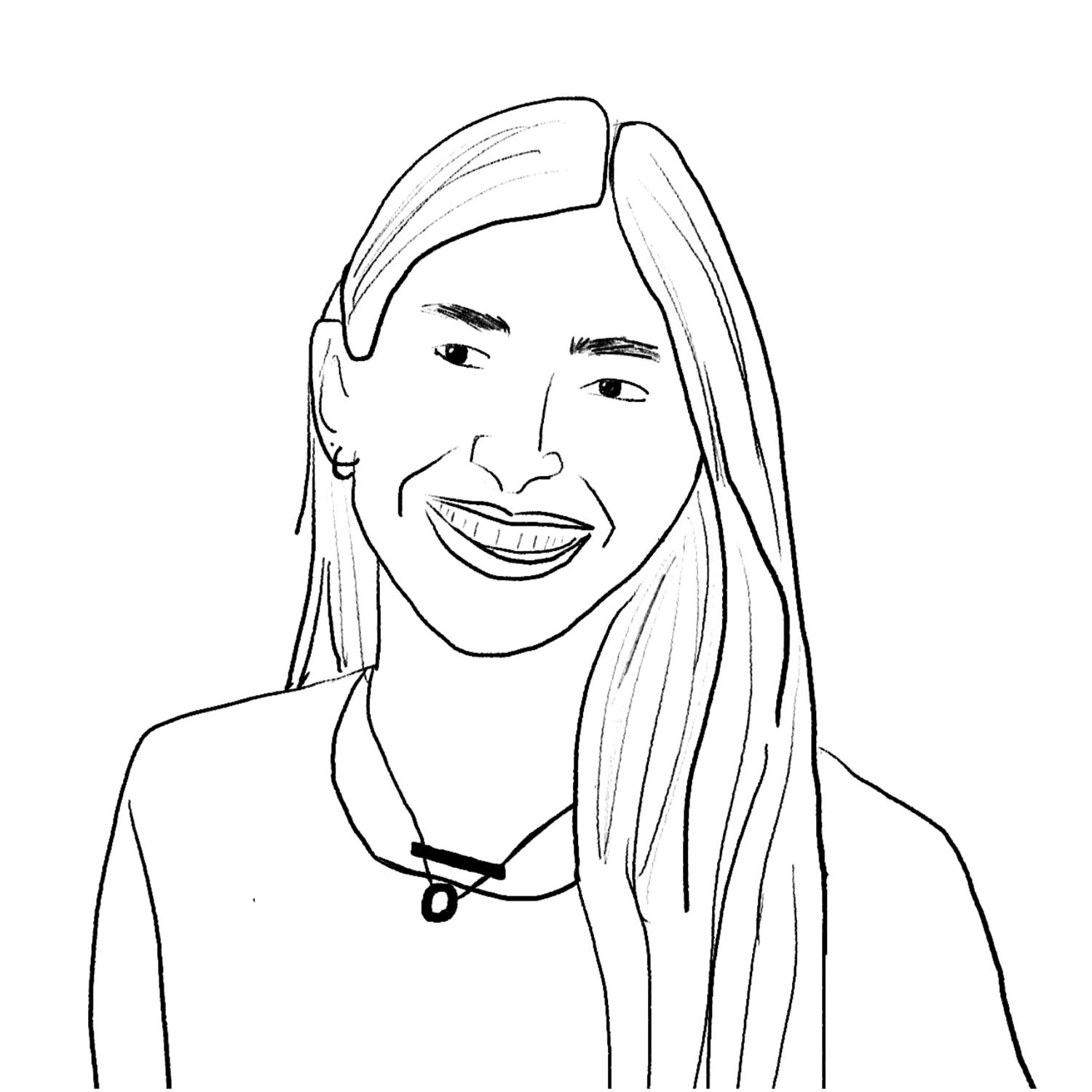
News
Harvard Lampoon Claims The Crimson Endorsed Trump at Pennsylvania Rally

News
Mass. DCR to Begin $1.5 Million Safety Upgrades to Memorial Drive Monday

Sports
Harvard Football Topples No. 16/21 UNH in Bounce-Back Win

Sports
After Tough Loss at Brown, Harvard Football Looks to Keep Ivy Title Hopes Alive

News
Harvard’s Greenhouse Gas Emissions Increased by 2.3 Percentage Points in 2023
New York Times, Get out of My School
A School Outside Boston
All names and quotes contained within this satirical piece are fictional.
Politics this, plagiarism that. Harvard is in the limelight, which means that the student journalists of the Harvard Crimson have picked up some competition.
The first sign of trouble was a bearded, middle-aged man thinly disguised as a Harvard student. In a Canada Goose coat and the classic Zinnia colorblock scarf, the man lurked on the outskirts of student demonstrations, loitered outside Harvard Management Company meetings, and lingered in the Science Center Plaza, sniffing for the distinctive scent of a passing Crimson reporter.
“I was covering a conference at Harvard Divinity School about feminist influences in Neoplatonic psychedelia,” Crimson reporter Laura Summers ’26 said. “Literally no one was there except for me and some guy wearing a Harvard sweatshirt that was clearly from H&M. You can imagine my surprise when I returned to the newsroom at 14 Plympton and saw The New York Times had already broken the story. Ten million Americans really needed to know about Pico’s shroom habits?”
That incident was just the beginning. And student journalists are far from the only ones feeling the newcomers’ effects.
Freshmen used to fret about tourists snapping pictures through their dorm room windows; now, students of all years must beware the photographers furtively snapping candids for a long-form exposé on the death of American meritocracy. Lori S. Bacow ’25 shared that she puts on extra makeup and curls her hair every time she walks to class because “a girl’s got to look her best if she’s going to be in the Wall Street Journal.”
Of course, the constant coverage has its benefits: One Mathematics concentrator, Abe Lowell ’24, learned about his upcoming midterm from a New York Post article.
And Claudine Shay ’25 noted that her grandmother, understimulated in retirement, had found a new purpose in life: forwarding her granddaughter articles in the Daily Wire about Harvard’s DEI implosion.
In the pursuit of Harvard stories, some reporters resort to insidious tactics. Alana M. Garberre ’27 was sobbing to her roommate about a recent breakup when she noticed that said roommate seemed to be recording something on her phone.
Looking closer, she realized that the girl across from her was not a girl at all, but a professional journalist wearing a very convincing rubber mask.
“I confronted her and she admitted that she was a reporter from the Washington Post. She thought my love life would add an interesting personal angle to a story on the transformation of the coastal elite,” recalled Garberre. “At first I was mad, but she’s a really good listener and we actually have very similar lifestyle habits so we’ve decided to block together next year.”
Of course, this whole saga begs the question: Why do these reporters care so much?
“I think the bigger question is, are these people okay? Like, what kind of residual achievement trauma is motivating all of these people?” said Lowell, the one who hadn’t known about his midterm.
One popular hypothesis: The reporters flock to Harvard to work through their personal struggles with generational overachievement. There’s no “crisis in higher education”; there’s just a crisis of New York Times writers with daddy issues and anxiety over what the end of legacy admissions could mean for their children’s college prospects.
We considered asking the reporters about their Harvard obsession directly, but we didn’t want to enter the Lamont basement where many of them have made nests for themselves out of back copies of the Advocate and straw.
Instead, after much effort, we managed to corner a nervous-looking New York Times reporter, Les McGill ’82, in Sanders Theater after an Economics 10: “Principles of Economics” lecture.
When asked what he was doing there, McGill explained that he had recently been feeling a lot of inertia and stagnation, and his therapist had recommended that he return to his alma mater in order to reconnect with his inner child.
“Plus, I still don’t really understand how to calculate GDP,” McGill said before slinging his backpack over his shoulder and heading to office hours. The next day, he published a long-form opinion essay characterizing his Thursday discussion section as a microcosm of the Democratic party’s rifts over Israel.
Nevertheless, the swarm of outside coverage has begun to melt into the Harvard routine. As requests for comment become as common as A’s in the humanities and students learn not to trip over camera setups, The New York Times has faded into just another background buzz. If anything, the constant media attention serves as a helpful reminder that we are exactly as special and important as we always thought we were, and that the world does, in fact, revolve around us.
Yona T. Sperling-Milner is a first-year in Hurlbut Hall. Don’t worry, she had already given up on being hired by the New York Times anyway. Her column “A School Outside Boston” runs bi-weekly on Tuesdays.

Want to keep up with breaking news? Subscribe to our email newsletter.

